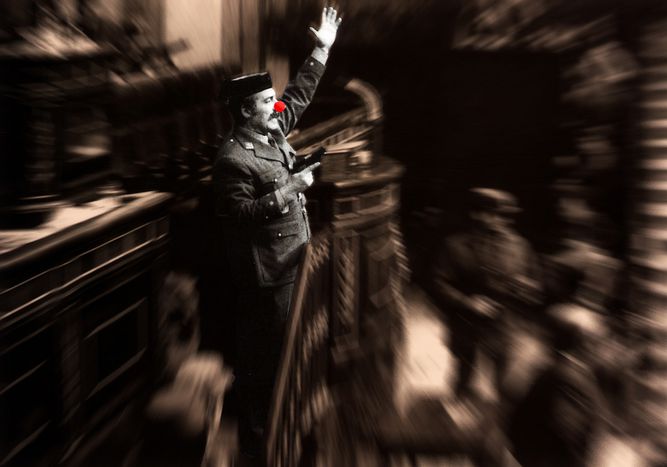
What is the difference between a revolution and a coup d’etat?
Published on
Translation by:
 Katrina
Katrina
In the midst of the popular revolts which have seen the fall of dictatorships across the Arab world, almost 31 years have passed since the events of '23-F', an attempted coup d’état against the Spanish government on 23 February 1981
On the surface '23-F' seemed so perfect, with its coarse moustached militants and gunshots ringing in the air. Put it together with the coup d'etat and it seems that the past grazes the present, begging the question: What is the difference between a revolution and a coup d’etat? Are they conflicting concepts or is there only a degree of difference? What triggers them?
Fable
A professor of political propaganda once told us a fable (fables can be tricky: they can either be patronising, as though one were speaking to a small child, or pretentiously nauseating) to explain the concept of the state and possible shifts in power. It went something like this: 'Once upon a time there was a village. The village economy was based on agriculture: eighty peasants worked the land. The family which owned the land was very rich and powerful. However, the owner could not sleep at night for worrying that these eighty slaves would break into his house at night to slit his family’s’ throats and steal their fortune. One day he had an idea: from these eighty peasants, he chose the eight strongest, gave them weapons and doubled their share of food, so that they would be healthy and happy. In return, they would watch over the 72 remaining workers to make sure that they obeyed him. Yet the owner was still worried. What if the eight soldiers joined forces against him?'
The narrator was silent as he cast his gaze across the room before continuing. 'One day, after some thought, the owner gathered everyone together on a hill to wait for the dawn. All of the families from the village were there, waiting expectantly for the new day to begin. Between them and the dawn stood a huge rock which looked like a human face. The rock was hollow, and sheets of bronze had been secretly placed inside. When the first rays of sun fell on the bronze sheets they began to expand. The rock vibrated more and more until it emitted a great roar. The people of the village were scared: they had never seen anything like this before. Amidst the panic, the owner appeared adorned in jewels and feathers. He danced around the rock face and began to say strange things, telling stories intertwined with popular legends. From that day on, he would interpret the sacred message of the talking totem for all his people.'
The students were silent. Were they impressed by the tale? Bored by its predictability? The professor seemed satisfied with his story, his allegory for political upheaval. Could the rebellious Arabic peoples be the eighty villagers? Could the pro-Franco supporters who rose up against the Spanish State be the unhappy soldiers? How far does religion go in consolidating these hierarchies? One for the dinner table, perhaps.
Image: (cc) Amio Cajander/ Flickr/ Video (cc) ManuTVX/ youtube
Translated from 23-F + Revoluciones árabes: Un cuento para hablar de política


